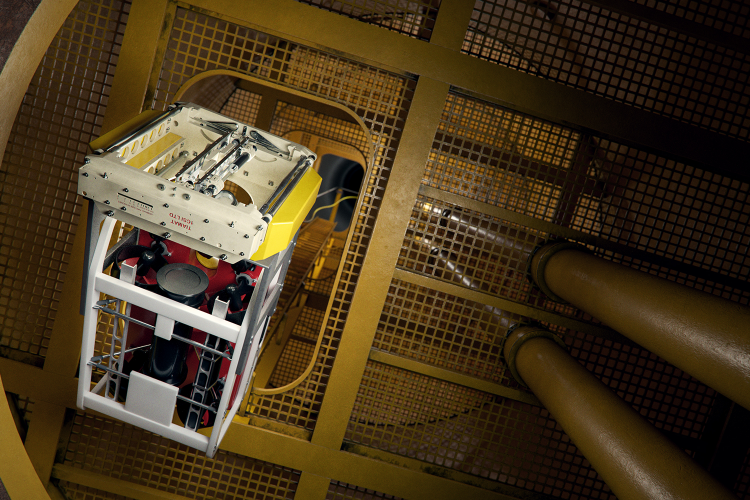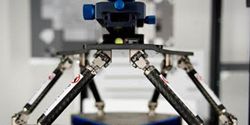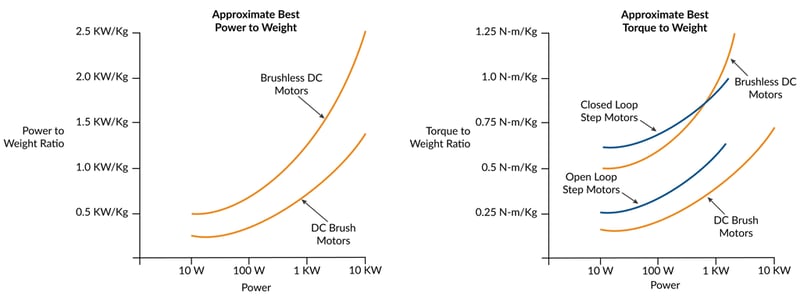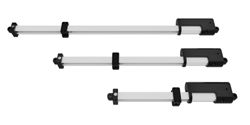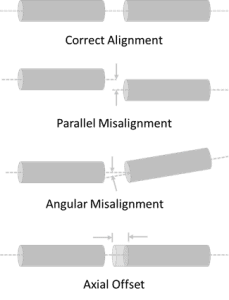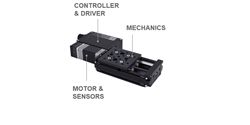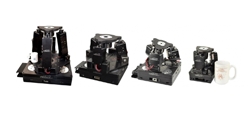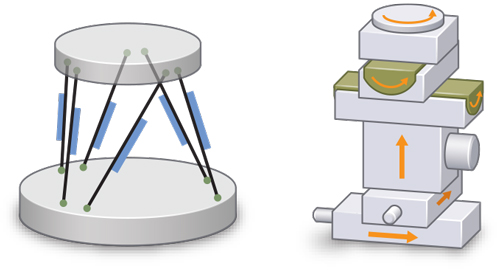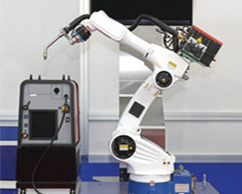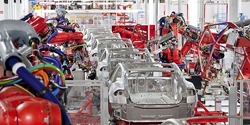200 Times Faster Subsea Inspection
Precise motion control is helping a new subsea inspection device achieve highly accurate inspection with the fastest-yet speeds of data collection.
SUPPLIER SELECTION FOR CRITICAL MOTION CONTROL APPLICATIONS
In this article, I attempt to arm manufacturers with the questions that they need to ask to ensure that the motion control solution option chosen is right first time and up to the job. These questions should ideally focus on not just capabilities but also values.
Solving Challenges in Machine-Robot Coordination
Using a single machine controller with robot kinematic control built-in means you don't need a separate controller for the robot or series of robots. This integration also puts robot and machine functions into just one development environment.
Improving Image Stabilization with Hexapod 6-Axis Motion Simulators for More Reliable Image Capturing
Taking sharp pictures despite fast changing lighting and ambient conditions, recognizing traffic signs or road markings in driver assistance systems, or identifying dangerous situations in surveillance systems - all of this is possible today with the help of modern cameras.
MCRI Webcast Series - Robotics Roundtable
Motion Controls Robotics (MCRI) is hosting a monthly, summer webcast series in 2021. MCRI provides automation solutions for customers by designing and building turn-key end of line applications, fulfillment solutions, and general material handling automation.
Motion Control Goes Small
Machine designers are increasingly asked to build systems that take up less space, operate on less power, and run with higher performance. Thankfully motion controls are answering the call with new motors, new sensors, and new architectures.
10 Different Options For Controlling Linear Actuators
Below you will find ten different options for controlling linear actuators. This list is intended to give you an overview of what's possible for linear actuator control. It's not exhaustive, there are other options, but these are the ones that will work for most people.
Speed Reducers & Proper Shaft Alignment for Motion Control Applications
While alignment may be within acceptable tolerances during installation, deflection due to loads and thermal expansion or contraction may lead to misalignment. The use of an appropriate flexible coupler can compensate for such minor variations in alignment.
Precision Motion Control Enables Automation
When digital information transforms into precise physical motion, previously infeasible use cases suddenly become possible. This improvement delivered Industry 4.0 to applications such as advanced robotics, Internet of Things (IoT) and Industrial Internet of Things (IIoT),.
Simplifying Motion Control through Integration of All System Components
Integration is about adding value for customers by designing products that include multiple parts of the solution into a single instrument. For motion control hardware, this can mean combining the mechanics along with a motor, encoder, limit sensor, driver, and controller.
Brain Corp Raises $36 Million to Meet Growing Demand for Autonomous Robots
Brain Corp, an AI company creating transformative core technology in the robotics industry, today announced it has raised $36 million in Series D funding to help meet the growing demand for autonomous mobile robots (AMRs) now on the front lines of the COVID-19 health crisis.
Applications of Nanometer-Level Precision Motion Control Solutions
This article will look at the top-end solution in terms of accuracy and repeatability, and the applications that benefit from a motion control solution that has achieved quantum-sized improvements in the precision achievable across numerous applications.
What is the Difference between Hexapod 6-DOF Alignment Systems vs Conventional Stacks of Stages?
When faced with a multi-axis alignment and positioning application, motion engineers typically assemble a system from a stack of individual linear and rotary stages. This approach works well for applications when only a few degrees of freedom are involved (e.g. XYZ).
Celera Motion Case Study - Precision Rotary Axis Control
The customer required precision rotary axis control in the lowest profile form factor for multiple sequential robot arm joints. Key additional requirements included minimal movement at start-up to report absolute position...
5 Things You Need to Know About Motion Control Systems
A motion control system is any system that entails the use of moving parts in a coordinated way. Most of the technology used in mechanical engineering is a result of the development and implementation of motion control systems.
Records 1 to 15 of 49
Featured Product

Online Master of Engineering in Robotics & Intelligent Autonomous Systems
The Robotics and Intelligent Autonomous Systems program at the University of Cincinnati Online offers a cutting-edge curriculum that equips students with the skills to design, develop, and implement advanced robotic systems. Through a combination of theoretical knowledge and top-ranked faculty, students gain expertise in artificial intelligence, machine learning, and robotics, preparing them for impactful careers in the rapidly evolving field of autonomous systems. Explore now!

